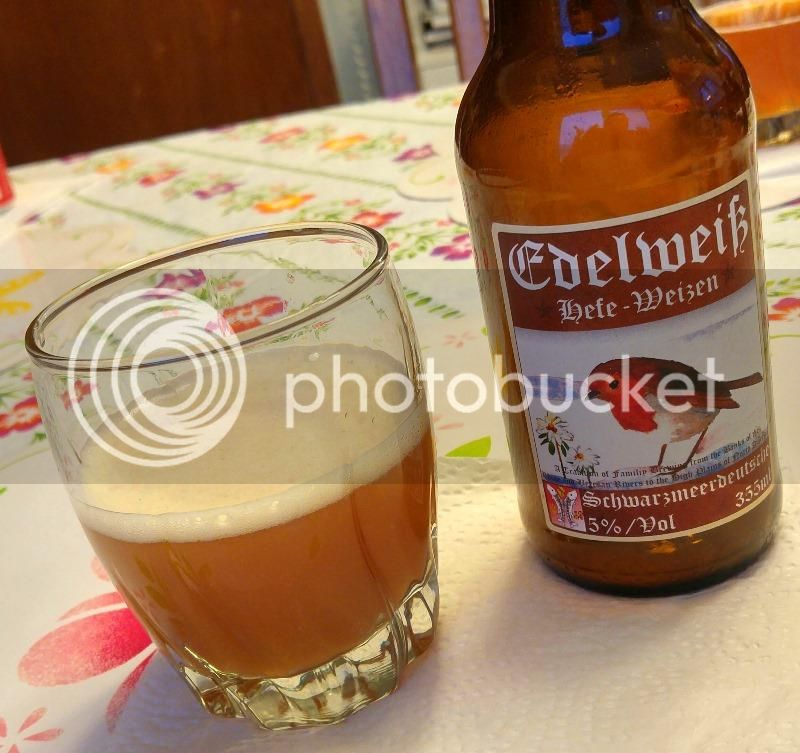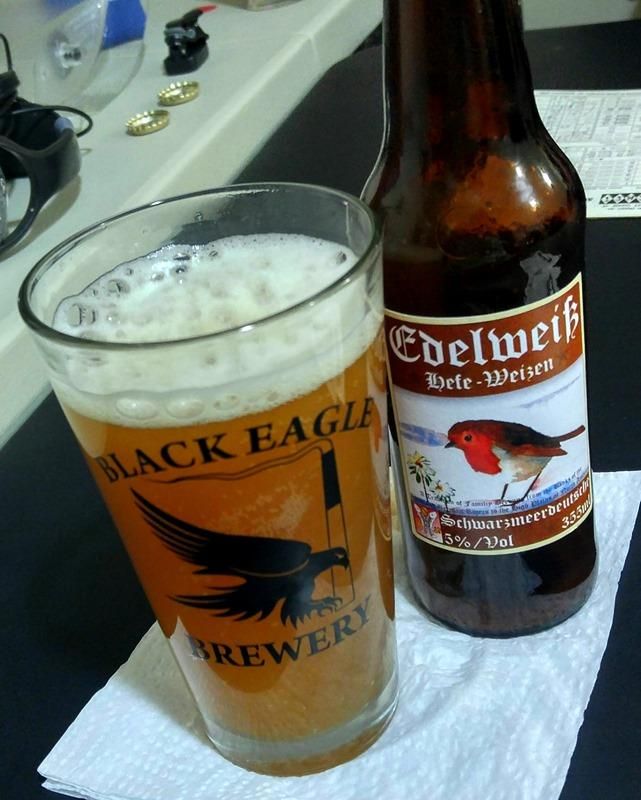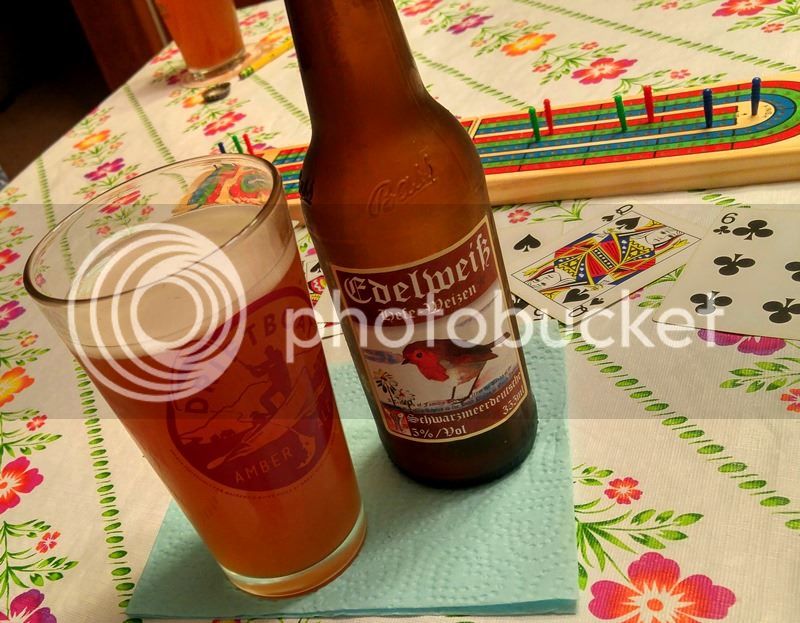TasunkaWitko
Well-Known Member
Question for anyone who might be reading:
I really like the water that I brew with, and all my beers with it have been great, with absolutely no complaints. I like many, many styles of beer, but the simple fact is that wheat beers in general, and hefeweizens in partifular, are the ones that I find that I truly love - which makes them potentially worth a little extra effort.
I had been meaning to look into "playing" with my water a bit, but never seem to find a good time to jump into it. Anyway, (here are the stats on the water that I use); are there any opinions about these stats vis a vis hefeweizens?
Also, other than a home-brewing shop or website, would you be able to suggest where any of the necessary additives might be available on short notice? I "think" I've seen Calcium Chloride in the pharmacy section at the local Pick-Your-Mart, but I could be wrong, and those might not be suitable for brewing anyway.... This might also be the case for other additives.
It's too late for this batch, but if such additions might result in a "better" hefeweizen in the future, I'll sure consider them.
Thanks in advance for any suggestions -
Ron
I really like the water that I brew with, and all my beers with it have been great, with absolutely no complaints. I like many, many styles of beer, but the simple fact is that wheat beers in general, and hefeweizens in partifular, are the ones that I find that I truly love - which makes them potentially worth a little extra effort.
I had been meaning to look into "playing" with my water a bit, but never seem to find a good time to jump into it. Anyway, (here are the stats on the water that I use); are there any opinions about these stats vis a vis hefeweizens?
Also, other than a home-brewing shop or website, would you be able to suggest where any of the necessary additives might be available on short notice? I "think" I've seen Calcium Chloride in the pharmacy section at the local Pick-Your-Mart, but I could be wrong, and those might not be suitable for brewing anyway.... This might also be the case for other additives.
It's too late for this batch, but if such additions might result in a "better" hefeweizen in the future, I'll sure consider them.
Thanks in advance for any suggestions -
Ron








